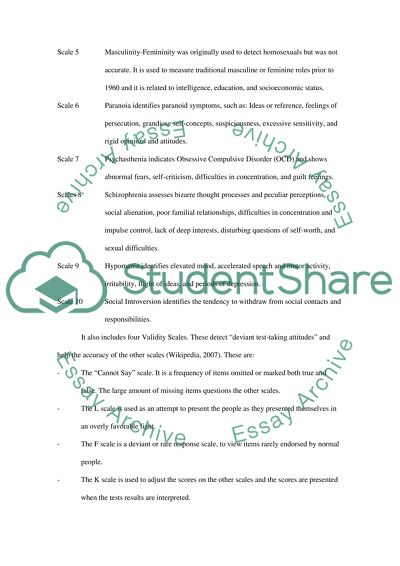Cite this document
(“Minnesota Multiphasic Personality Inventory - MMPI Essay”, n.d.)
Minnesota Multiphasic Personality Inventory - MMPI Essay. Retrieved from https://studentshare.org/miscellaneous/1539517-minnesota-multiphasic-personality-inventory-mmpi
Minnesota Multiphasic Personality Inventory - MMPI Essay. Retrieved from https://studentshare.org/miscellaneous/1539517-minnesota-multiphasic-personality-inventory-mmpi
(Minnesota Multiphasic Personality Inventory - MMPI Essay)
Minnesota Multiphasic Personality Inventory - MMPI Essay. https://studentshare.org/miscellaneous/1539517-minnesota-multiphasic-personality-inventory-mmpi.
Minnesota Multiphasic Personality Inventory - MMPI Essay. https://studentshare.org/miscellaneous/1539517-minnesota-multiphasic-personality-inventory-mmpi.
“Minnesota Multiphasic Personality Inventory - MMPI Essay”, n.d. https://studentshare.org/miscellaneous/1539517-minnesota-multiphasic-personality-inventory-mmpi.


